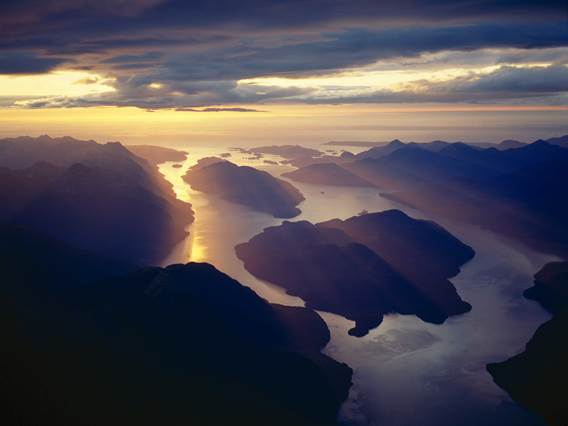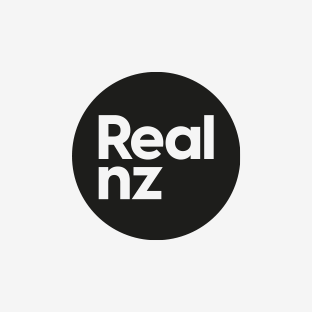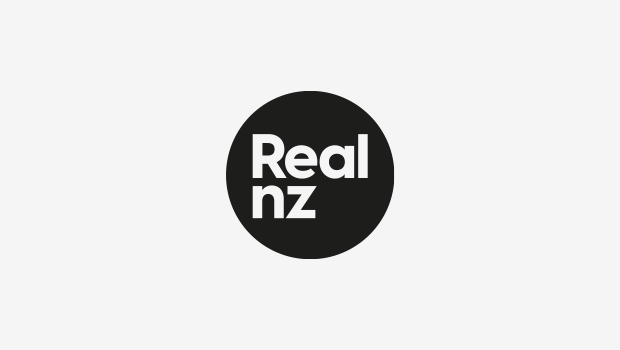

Cooper Island Restoration Project
Turning silence to the sound of birdsong
In 1773, when Captain James Cook anchored in Dusky Sound, one of New Zealand’s largest and most isolated fiords, it was the landscape and rich bird song that impressed him and his crew.
Today the landscape is unchanged, but when RealNZ multi-day Discovery Expeditions weigh anchor near Cooper Island, passengers are more likely to hear the ‘sound of silence’. Introduced predators have decimated the millions of birds that once made Dusky Sound their home.
In partnership with the Department of Conservation (DOC), RealNZ is helping bring back the birdsong by removing hundreds of stoats and rats. It is a considerable undertaking – the island is the third largest in Dusky Sound - a vast 1,779 hectares, 523 metres high, rugged and steep in parts.
Since work began in 2017, tracks have been cut to enable a network of over 360 stoat traps and almost 300 rat traps to be established across the island and along the closest shore of the mainland. These traps are individually checked and rebaited four times a year on trips that involve a helicopter and two boats and is organised with military precision because of the highly changeable Fiordland weather.
Situated in such an inaccessible area of New Zealand, this is the company’s most challenging environmental mission since our founder, Les Hutchins, was a leader in the Save Manapouri Campaign in the 1960s.
Today we hope our campaign against predators sees the return of some of our most vulnerable native birds like the kākāpō and kiwi and safeguards the future of the third largest island in Dusky Sound.
The initiative sees RealNZ join the Department of Conservation’s Tamatea/Dusky Sound Restoration Programme; sharing its vision to make Dusky Sound one of the most intact ecosystems in the world and a source or bio bank, for the regeneration of native species throughout the country. RealNZ is proud to play a part to help make this ambitious vision a reality.
A big thanks to Real Journeys (now RealNZ) for joining DOC and others in supporting a predator free New Zealand. Restoring Cooper Island back to as it pretty much was when Māori and Captain Cook used this magic harbour nearly 250 years ago, is such an inspirational gift to future generations of New Zealanders and international visitors.
Lou Sanson, Director-General, Department of Conservation
Cooper Island
Cooper Island is situated in Tamatea/Dusky Sound, a remote fiord on the southwest corner of New Zealand, accessible only by boat or helicopter. It sits within Fiordland National Park and Te Wāhipounamu - South West New Zealand World Heritage Area and is classified as an 'Open Sanctuary Island' in the Fiordland National Park Management Plan (DOC, 2007). This means its primary conservation function is the: Protection and interpretation to the public of indigenous species and habitats, including those threatened by extinction or destruction.
The project so far
Stoat control has been carried out across the island since mid-2018 using a network of traps checked four times annually. The control of stoats to low levels on Cooper Island also performs an essential biosecurity role in helping to protect the nearby Shag Islands group to the west, which is an important seabird nesting site. Species currently present on Cooper Island that are likely to benefit from low numbers of stoats include South Island kākā Nestor meridionalis meridionalis, and tawaki/Fiordland crested penguin Eudyptes pachyrhynchus.
Rats have been targeted across a 170 ha grid at the eastern end of the island using self-resetting traps. Reinvasion by both pests to Cooper Island remains a challenge, as it is within the swimming range from the surrounding mainland. 56 stoat traps provide a line of defence on the mainland shore.
Three lines with twelve monitoring cameras were put in place in 2020 to provide an index of pest activity independent of trap catch results.
- Robins were confirmed as being present on the island after being seen for the first time during a trip in January 2018.
- Other birds heard or seen most days included tomtits, kakariki, kaka and weka.
- We have produced a Cooper Island Restoration Project leaflet.
New Zealand's first bird sanctuary
As far back as 1891, the government of the day was concerned about declining bird numbers creating the country’s first nature reserve on Resolution Island, the largest island in Dusky Sound.
New Zealand’s first conservation ranger, Richard Henry, transferred over 700 kākāpō and kiwi to the off shore island to protect them from the wave of introduced predators sweeping the country.
Sadly by 1900, stoats had been able to swim across to the reserve.
How we're raising funds
Removing predators from Cooper Island will require at least half a million dollars over the next five years and ongoing maintenance costs thereafter.
- $100 per person is contributed by RealNZ from every Discovery Expeditions ticket
- $500 per person is contributed by RealNZ from every Conservation Expeditions ticket
- $100,000 donation from the Leslie Hutchins Conservation Foundation (The foundation was set up in 1994 by RealNZ founder, Les Hutchins, raising funds from Real Journeys Doubtful Sound trips.)
- $65,000 RealNZ (formally Real Journeys) Birds of a Feather Conservation Ball 2016 (around half the proceeds were earmarked for Cooper Island, the rest for DOC’s Dusky Sound Restoration Project)
- A hundred guests raised over $85,000 for the Cooper Island Island Restoration Project at the Birds of a Feather Conservation Ball 2018 held at Walter Peak, Queenstown.
Cooper Island in the media
Wilderness Magazine - Driven towards species protection
Media Release - Wayfare appoints Chief Conservation Officer and Chief Experience Officer across the group
TVOne News - Covid-19 speeds up tourist company's efforts to rid Fiordland National park of pests
Media Release - GM Paul Norris awarded New Zealand Order of Merit
Media Release - 'Birds of a Feather' Conservation Ball 2018 raises over $85,000 for Cooper Island
Media Release - Clay pipe discovery believed to be from legendary Fiordland Explorer William Docherty
Media Release - Over fifty predators removed from Cooper Island
Featured on TVOne News and TV3 Newshub.
Making a remote island of almost 2,000 hectares pest free isn’t easy or cheap and will take considerable time in fact it will take many years but we’re committed to this and are in it for the long haul.
Richard Lauder, Wayfare
The future
- We are committed to continue to maintain, reset and rebait the traps four times each year
- We continue to monitor stoat and rat activity using lured trail cameras
- We will continue to record instances of native species seen or heard on Cooper Island
- We will continue to assess the suitability of new stoat and/or rat control tools for use on Cooper Island as they become available, and adopt new approaches if appropriate
We will continue to bring back the birdsong to Ao-ata-te-pō / Cooper Island.
Thank you to those supporting us
We would like to thank all those who have supported and contributed to the Cooper Island Restoration Project with special mention to:
- Discovery Expeditioners who contribute funds and sponsor additional traps
- Leslie Hutchins Conservation Foundation for its $100,000 donation
- Bill Day for the numerous and ongoing helicopter flights to bring in traps and generous use of the Georgina houseboat for accommodation
- Lindsay Wilson (DOC Biodiversity Principal Ranger) for his support, advice and use of the logistics boat for checking traps
- Ross McFaul for his truck to help us transport traps from Te Anau to West Arm
- Programme manager Gerard Hill and Edge Effect for his work and dedication
The Cooper Island Restoration Project timeframe
- 2015: RealNZ (formally Real Journeys) funds feasibility study to assess status of plant and animal species and draw up a best practice animal predator control programme
- 2016: RealNZ signs agreement with Department of Conservation to fund programme
- 2017: Set up network of stoat traps around periphery, plus a buffer zone on opposing shoreline of the mainland, to prevent predators from swimming across
- 2018: A network of tracks marked and cut across inland sections of island. More stoat traps added and existing shoreline traps maintained
- 2019-20: Automatic re-setting Goodnature rat traps every 100-200m across the east of the island
- 2021 and beyond: Quarterly trap maintenance work to control predators and protect the native species present

The Cooper Island Restoration Project is a partnership between RealNZ and the Department of Conservation
RealNZ is involved in other conservation projects - learn more here

Key Conservation Projects
- Cooper Island Restoration Project
- Walter Peak Land Restoration Project
- ‘Putangi’ Conservation Wine
- The Kakariki Karaka Translocation Project
- The Takahe Relocation Project
Did You Know?
Cooper Island is the one island in Dusky Sound where Richard Henry (New Zealand’s first bird curator) found kākāpō breeding.
Did You Know?
Other than by radio transmission there is no way to communicate on the island and there is no accommodation nor shelter.
